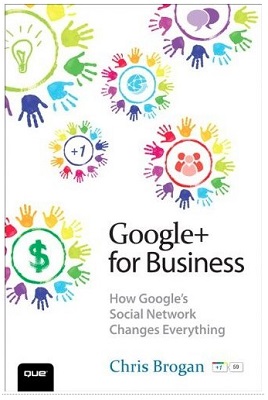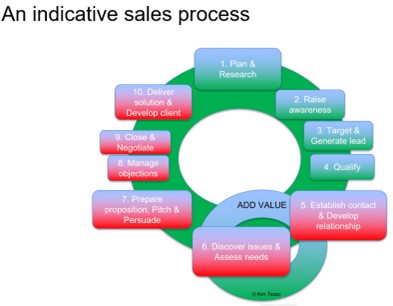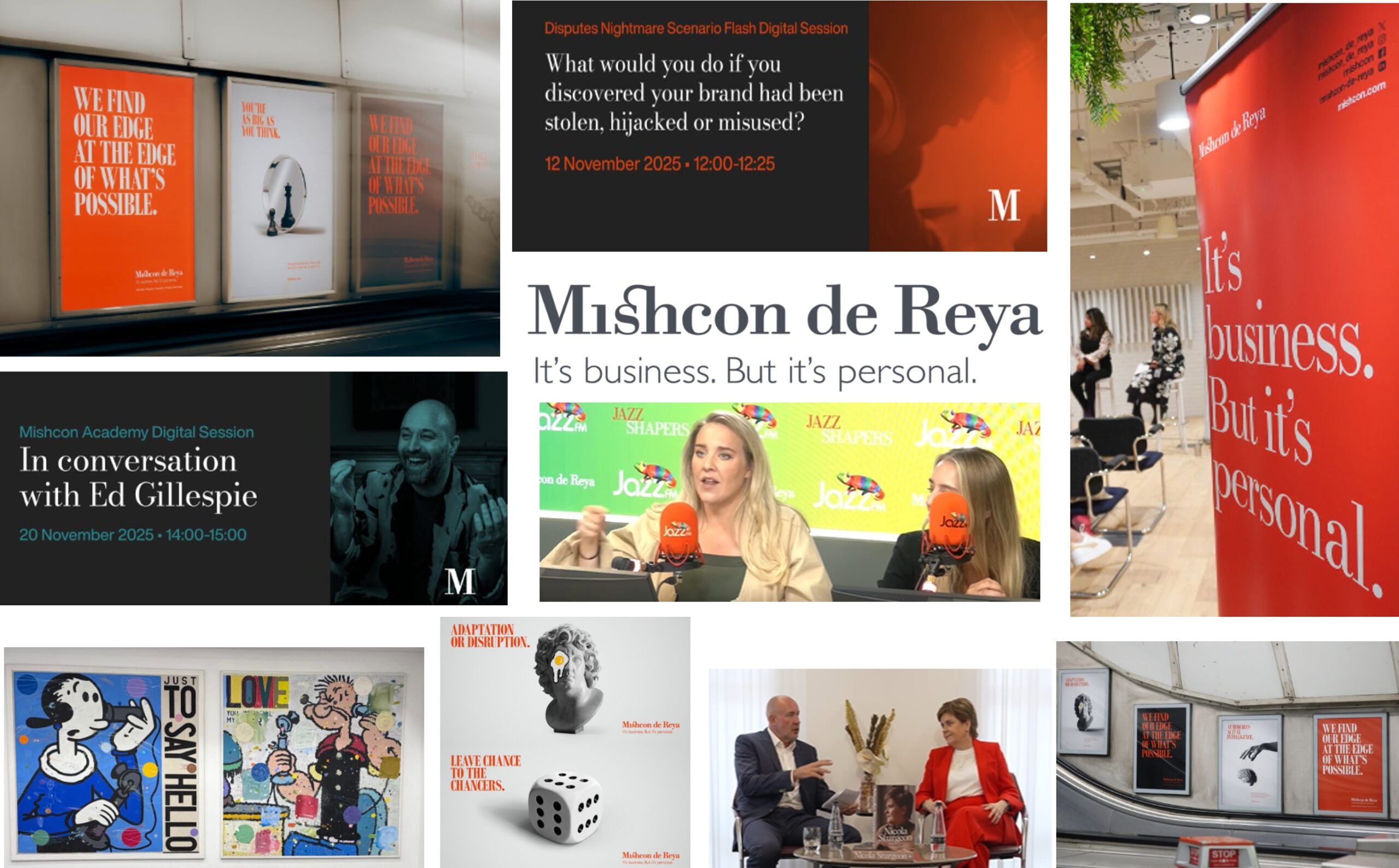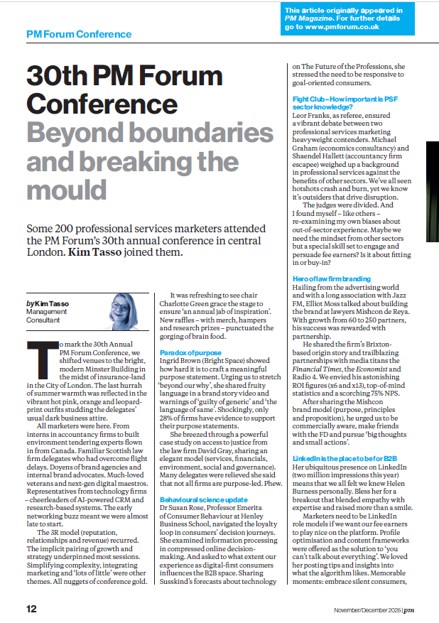
I’m nervous about books on social media – things change so fast. But people ask me about which books I would recommend. This one is aimed at Google+ for business (B2B) generally but the professions will learn lots from it as there are examples from real estate, consultancy, selling, journalism, education and thought leaders that are close enough.
This is an excellent book if:
a) You are already sold on the power of social media for B2B marketing and relationship management but need to know if you should use Google+. If you missed the early on-line debate about Google+, it’s a good place to speed you through the story.
b) You want to know how Google+ is different to other platforms or channels and
c) You want some pointers as to what you need to do to get started and integrate it into your communication and community strategies. And, of course, how much time it is going to take.
The short answers are:
a) Yes, you need to use Google+. I have observed the wax and wane of a number of platforms and I simply can’t see Google+ NOT being a success and mainstream in the future. Plus it IS the leading search engine and owns the second biggest search engine (YouTube). Plus all the tools you need (Talk, Places, Docs, Checkout, Analytics etc) are integrated. The author provides a lot more evidence and persuasion if you are not convinced.
b) You can post more and different things on Google+ – like blogs, links to blogs, other links (e.g. to your web site), photos, videos and events. And of course you can like, comment on and share what others post. You have more control over what you look at and what you share with whom. Furthermore, there’s much more interaction than the sometimes “silo broadcast streams” that you see on LinkedIn and Twitter. And it’s a fab collaboration tool. The author says “Your web site or blog is your ‘home base’, Google+ is an outpost”.
Hangouts are awesome. No more battling with Skype or Face Time. You can get up to nine others to join you in a hangout that could be internal or external. And you can dispense with webconference tech and do a “Hangout on Air” to which you can invite many others to view. You can even IM (instant message) or chat if you prefer to play keyboards.
c) There is plenty of advice for getting started. Even step-by-step guides with screen shots. But sadly there are no short cuts (pardon the pun) to build a presence and a community. You have to invest a LOT of time to learn about the environment and etiquette, to source and share valuable content, to show some of the real you and to engage and interact to build awareness, credibility, likeability and a community.
I liked that the author doesn’t sit on the fence and offers plenty of “rules of thumb” for how much to create versus share, how much and how often to post and – the critical point for the professions and those reluctant lawyers, accountants and surveyors – how much time you need to invest.
The author is also absolutely clear about the need to show some of your personality, the power of photos and the pre-eminence of personal profiles over branded/business pages. He urges you to integrate your approach by getting people to sign up to newsletters.
The insights into how different types of users actually use Google+ are reassuring – and confirms that there are more than one way to skin a cat. You can be a creator, sharer or commentator. You can focus on searchability, engagement, community management, PR, lead generation, research and listening or customer service.
But he is careful to point out that if you are intending to sell you must do so subtly by always focusing on the needs and interests of others (“being the elbow of the deal”) because “people do business with people they like” and “telling a story is always more impactful than simply asking for something”.
He offers tips on prospecting and positions Google+ (like other social media) as an ideal way to keep in touch during long sales cycles. And he sure recognises the importance of referral power (“the asset most companies undervalue is the connection with other people” and “make your customer the hero”).
The big eye openers for me (and I’ve been “dabbling” in Google+ along with some other channels for over a year in addition to my main use of LinkedIn and Twitter) were:
1. Google doesn’t index Twitter for search
2. You can write abstracts to encourage people to read blog posts better than on LinkedIn and Twitter
3. Yes, I still prefer my lists in Twitter but I am going to learn to love circles. Both facilities help in segmenting your markets and contacts for research and communication purposes. The Intel example of asking visitors to indicate which circle they want to be in took this a stage further.
4. The need to make the effort to read, comment on and engage with others – it’s so much easier on Google+ than grappling with LinkedIn groups and discussions (albeit more public)
5. The author’s “bring a campfire” (shared interest, common goal or something collaborative) relates directly to the professions’ commitment to an issues-based or thought leadership based approach
I was also mighty pleased to see the author mention “The Trusted Adviser” by Charles Green and David Maister (who is very well known in the professions). And you will be pleased to know that he suggests that you invite the Legal Department at an early stage of internal discussions about entering the world of Google+ as an organisation.
I’d be interested to hear what books you’d recommend on Google+ and social media in general.
Book contents
- How did I get here?
- The opportunity of Google+
- A day in the life
- Profiles and examples of Google+ business users
- First moves with Google+
- Circles
- Posting in the stream
- Video, Hangouts and more
- A simple content strategy
- The “warm” sell
- Growing an audience
- Recipes for using Google+
- Next steps
- Interesting people to circle on Google+









